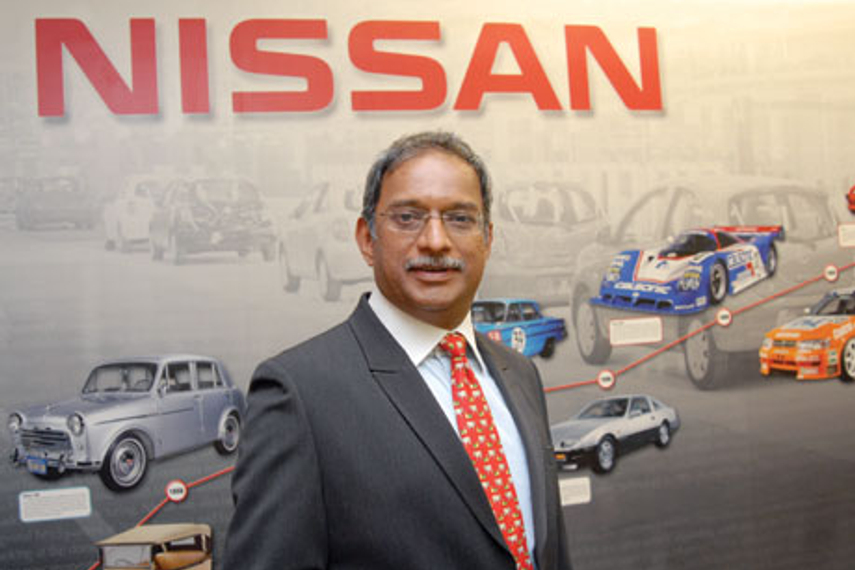
Please sign in or register
Existing users sign in here
Having trouble signing in?
Contact Customer Support at
[email protected]
or call+91 22 69489600
Staying top of mind among consumers ready for their first car, and ‘serving the Indian consumer’ are among priorities for brand Nissan, says Nitish Tipnis, director - sales and marketing, Hover Automobile India in conversation with Raahil Chopra.

Contact Customer Support at
[email protected]
or call+91 22 69489600
Top news, insights and analysis every weekday
Sign up for Campaign Bulletins
The mandate includes strategic communications, digital outreach and narrative-building for the organisation as it works to establish industry-wide standards.
Ravi Kudesia has been appointed vice president and business head of the division.
India is no longer an outsourcing destination; it is a trusted, creatively mature partner in the global content supply chain.
With 60% of GCCs poaching from each other, Global Capability Centres must craft a compelling employer value proposition.